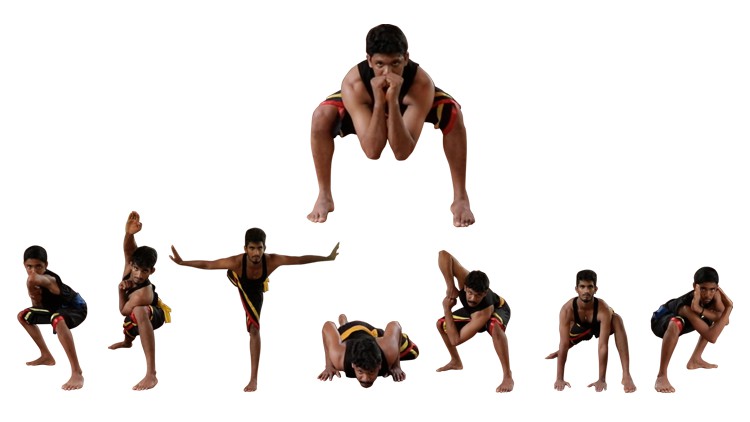
The warm up exercises part II of Kalarippayattu consist of two significant practices, such as Kalukal and Vadivukal
Why take this course?
Note➛ Make sure your 𝐔𝐝𝐞𝐦𝐲 cart has only this course you're going to enroll it now, Remove all other courses from the 𝐔𝐝𝐞𝐦𝐲 cart before Enrolling!
English
language